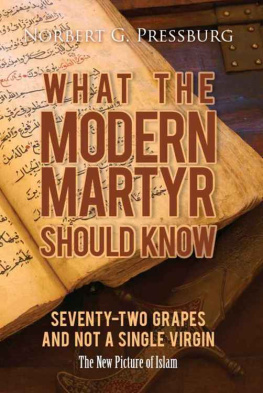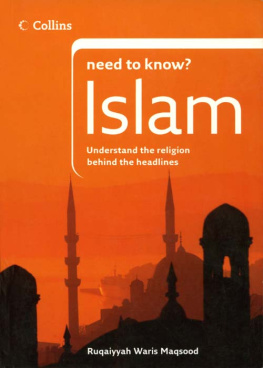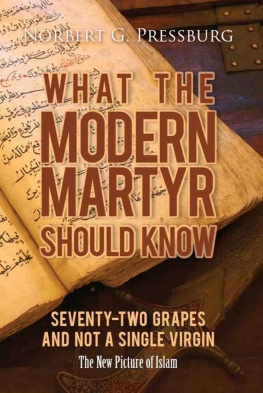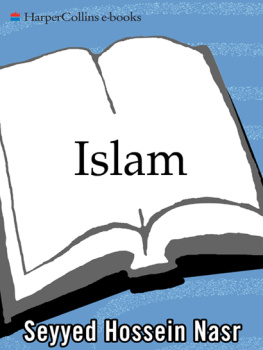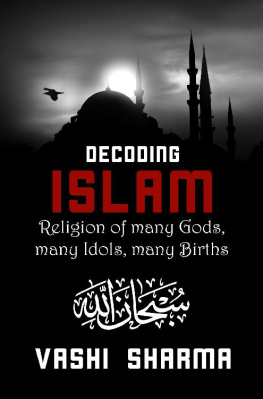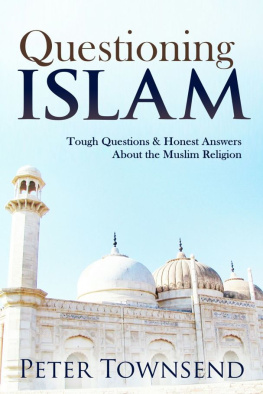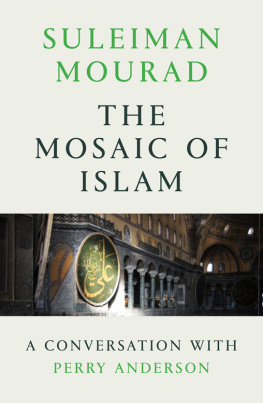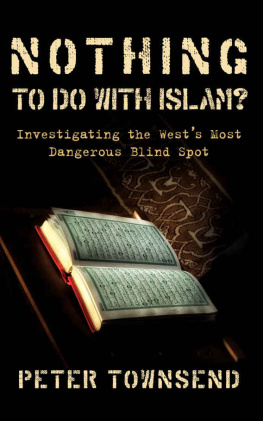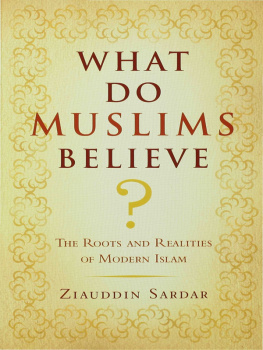Revised version of the book,
Good Bye Mohammed by Norbert G. Pressburg,
BoD Publishers, Germany
Norbert G. Pressburg 2009 and 2010
Translation by Vincent A. Fisher
Copyright 2012 Norbert G. Pressburg
All rights reserved.
ISBN: 1468129031
ISBN-13: 9781468129038
eBook ISBN: 978-1-62345-142-4
It is not possible to prove the truth. But it is possible to prove a falsehood. And by doing so, we can approach the truth.
Sir Karl Popper
Contents
1. The Traditional Quran:
The Flawless Copy Directly Derived from Heaven
2. The Book that Contains Olive Oil:
Quran and Science
3. From the People for the People:
Hadiths: Sayings and Actions of the Prophet
4. The Perfect Human:
The Prophet Muhammad According to Traditional Reports
5. Two Hundred Years of Silence:
The Historic Muhammad
6. Excursus:
The Church at the Temple Mount
7. The Metamorphosis:
From Jesus to Muhammad
8. Transfiguration in Hindsight:
The Golden Age of Islam
9. Another Arabian Night:
The Fairy Tale of Al-Andalus
10. Who Has Done This to Us?
Reality in Retrospect

The non-Muslim world experienced its first massive contact with the followers of Muhammad during the Crusades. The Holy Land, including Jerusalemthe birthplace of Christian beliefswas occupied by wrong-believers, and this was an unbearable thought for deeply religious medieval Europe. Christian pilgrims reported of harassment, atrocities, and the desecration of holy sites. The Holy Land had to be snatched from the wrong-believers. The gateways had to be secured, and thats how the FirstunsuccessfulCrusade began in 1096. More crusades followed, which left the Christian-Byzantine Empire weakened. That gave way to the rise of the Ottoman Empire, the greatest Islamic powerhouse in history. During its expansion, the Ottoman people made it to Vienna, Austria. This issue, however, was simply regarded as a problem of the Austro-Hungarian Hapsburg dynasty, and was pretty much ignored by the rest of Europe.
In contrast to, say, Buddhism, Islam has never been regarded as a respectable religion in the Western world. Here, one somewhat smiled a bit condescendingly at those peculiar habits: No wine? No pork? Five prayers a day? One smirked about polygamy, maybe even with some envy. The Turkish sultan was said to have had hundreds of women.
For a long time, hardly anyone really knew a whole lot about the religion of Islam, and actually, hardly anyone really cared. More intense contacts with this religion might have been expected with increased tourism in Islamic regions, but the focus of early visitors would more or less remain on relicts of ancient cultures between the Nile and the Tigris rivers, and the oriental bazaars.
A romantic component was added to the Western view of Islam by the fairy tales of the Arabian Nights : the mysterious, exotic, medieval Baghdad with her legendary ruler Harun al-Rashid.
Islamic armies and flotillas threatened Europe several times, but in the eyes of the Western world, the Muslims kept their image as both destroyers of ancient buildings and sneaky rug sellers. Indeed, the Orient of that time was interesting so long as one didnt have to live there. Arabia was conveniently far away, people there lagged behind the modern West anyway, and oil was of minor importance back then.
That changed in an instant, when, in 1973, the oil crisis sent a shockwave from the Middle East out to the world, stirring the minds of the West. It was the Middle East nowthe exotic Arabian Orient was no more. Gasoline rationing affected just about everybody, but the problem still remained an economic one.
The events of the late twentieth and early twenty-first centuries, however, were of a different tenor. Violent anti-Westerners such as Muammar Gaddafi, Saddam Hussein, and Mahmoud Ahmadinejad rose to become the leaders of Arab states while claiming to be devout Muslims, effectively putting weapons of mass destruction into the hands of people who felt that committing even the most horrific murders were sanctioned by their Holy Book and the Prophet Muhammad. After terror groups such as Al-Qaida trained and dispatched Islamic bombers to Western metropolitan areas, monstrous, religiously motivated attacks were carried out on US targets on 9/11, and later in Tunis, London, and Madrid.
Troubling for many Westerners was the fact that, in many cases, the origins of these bloody deeds could be found not simply in the twisted minds of the actual perpetrators, but in the hate-filled public teachings of Islamic imams around the world, some of whom were subsequently arrested and convicted for their roles in the crimes.
Worst of all, however, was the fact that the horrific acts of violence that the rest of the world united to condemn were openly hailed by many Muslims, secretly endorsed by even more of them, and celebrated by some Islamic clerics as the beginning of the global, final jihad.
Many non-Muslims began to wonder, What kind of a book is this Holy Book that backs such atrocities? What kind of Prophet calls for such horrific deeds? What kind of religion calls for nonbelievers to convert or be killed?
Though a few young adventurers have been attracted to the camps of these bearded warriors, of the vast majority of people in the West and around the globe feel have come to resent and fear Islam, giving rise to a new term, Islamophobia. The jihadists bloody attacks have meant a catastrophe not only for the targeted countries, but also for the Islamic world itself.
At the same time, moderate Muslims claimed that such atrocious deeds contradicted the real Islam because they violated the peaceful, pro-toleration teachings of the Quran. Interestingly, however, both moderate and radical Muslims were able to support their positions with quotes from the Quran. While there was absolutely no doubt to some that verses of the Holy Book called for production of nuclear weapons with which to smite Islams enemies, others saw the exact same book as preaching tolerance.
This led to an even greater feeling of insecurity and confusion in the non-Islamic world. Who was right about the Quran? How could ideas that completely contradicted each other be derived from the same book? How was this possible?
When these questions suddenly arose, Christoph Luxenberg had already started work that would provide some astonishing answers. An expert in the field of ancient Semitic languages, Luxenberg provided an interpretation of the Quran that was based on the idea that the Quran was not a purely Arabic work but, rather, included a mixture of Syro-Aramaic elements. His findings, which he presented in a book available only in German, were considered so significant that they even made headlines on the front page of the March 2, 2002, New York Times . His theory held that parts of the Quran were written before the time of Muhammad, and composed in Aramaic, rather than Arabic. Because they had been unaware of this fact, early Arabic scholars had produced catastrophic misinterpretations of the Qurans text.
In addition to Luxenbergs work, scientists in other fields have disputed substantial parts of the traditional idea of Islamic history. For a long time now, many scientific thinkers have called into question both the origin and reliability of the sources of the Quran and even the historicity of Muhammad.
Gustav Weil (18081889) was the first author who critically dealt with the historical aspects of this issue. From a historians perspective, he regarded as useless all the information about the Prophets life, deeds, and sayings, since it had only been orally passed on for generations. Around the same time of Weils work, biographies of Muhammad by Ibn Hisham ( ?834 A.D.) and at-Tabari ( ?922 A.D.) were translated into several European languages.

